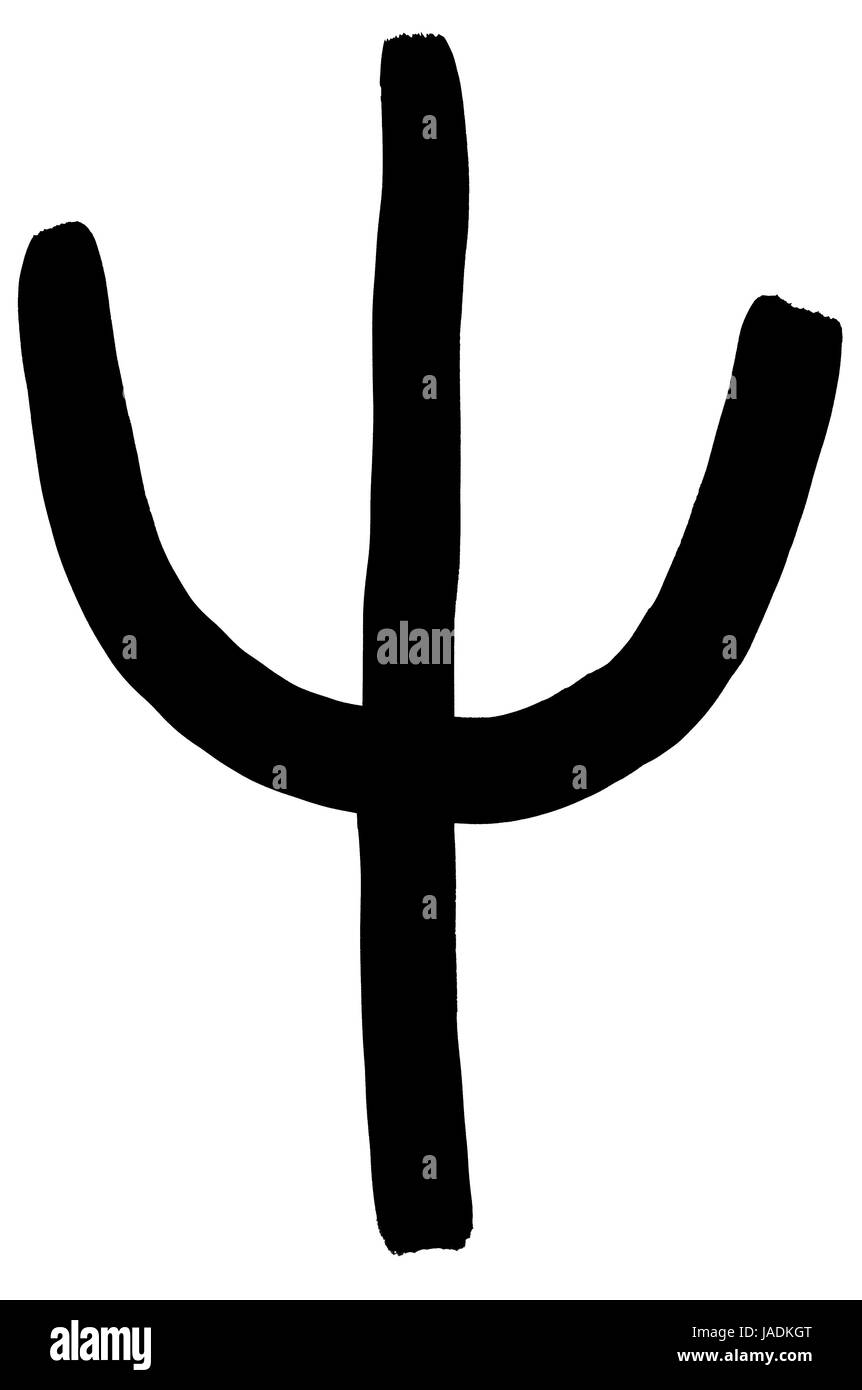

The ordinal collapsing function and notation developed by Wilfried Buchholz. In building, to represent an adjustment to a U-value, accounting for thermal bridge effects. In circadian physiology, ψ represents the phase relationship between a zeitgeber and a biological rhythm. In the computability theory, ψp(x) represents the return value Y of a program P. In virology the ψ site is a viral packaging signal. Indiana University (as a superimposed I and U).Ī sai, the name of which is pronounced the same way. One of the dihedral angles in the backbones of proteins. Stream function in fluid mechanics defining the curve to which the flow velocity is always tangent. In biochemistry, it denotes the rare nucleotide Pseudouridine. The lowercase letter psi () indicates the wave function in quantum mechanics and electric flux in electrical engineering.

And the number 700 is represented by the symbol for this letter. Water potential in movement of water between plant cells. Psi (uppercase, lowercase ) is the 23rd letter of the Modern Greek alphabet.
In mathematics, the reciprocal Fibonacci constant, the division polynomials, and the supergolden ratio. Psychology, psychiatry, and sometimes parapsychology (involving paranormal or relating with the supernatural subjects, especially research into extrasensory perception). The letter is pronounced like ng in angle when it comes before. Psi is also used as the symbol for the polygamma function. There are twenty-four letters in the Greek alphabet: 2. It is also used to represent the (generalized) positional states of a qubit in a quantum computer.
#Letter before psi greek code#
Adding the Entity, Decimal or Hex expressions directly in the html code will render the. The table below can used to find the right characters or codes to express the Greek alphabet in html documents or similar. The letter psi is commonly used in physics to represent wave functions in quantum mechanics, such as in the Schrödinger equation and bra–ket notation. The Greek alphabet is derived from the Phoenician alphabeth and has been used to write the Greek language since the 8th century BC. Stylized Greek text should be encoded using the normal Greek letters, with markup and formatting to indicate text style.The uppercase (Ψ) & lowercase (ψ) Psi are used for: I believe that the main mint of the Ptolemies was at. These characters are used only as mathematical symbols. Psi appears as a Year on Alexander staters (Price 3513) and tetradrachms (Price 3514) from Sidon, Year 23. In Biblical studies, as an abbreviation for the book of Psalms.The ordinal collapsing function and notation developed by Wilfried Buchholz.In building, to represent an adjustment to a U-value, accounting for thermal bridge effects.In circadian physiology, ψ represents the phase relationship between a zeitgeber and a biological rhythm.The letter psi is commonly used in physics to represent wave functions in quantum mechanics, such as in the Schrödinger equation and bra–ket notation: ⟨ ϕ | ψ ⟩. The classical Greek letter was adopted into the early Cyrillic alphabet as " Ѱ". However, it was abandoned after his death. Psi, or its Arcadian variant or was adopted in the Latin alphabet in the form of "Antisigma" (Ↄ, ↃC, or 𐌟) during the reign of Emperor Claudius as one of the three Claudian letters. The Western letter (expressing /kʰ/, later /x/) was adopted into the Old Italic alphabets, and its shape is also continued into the Algiz rune of the Elder Futhark. There were early graphical variants that omitted the stem ("chickenfoot-shaped psi" as: or ). In writing, the early letter appears in an angular shape ( ). It appears in the 7th century BC, expressing /ps/ in the Eastern alphabets, but /kʰ/ in the Western alphabets (the sound expressed by Χ in the Eastern alphabets). Appendix:Greek alphabet (psi psi, puss puss ) Further reading. It may or may not derive from the Phoenician alphabet. (psi) n (indeclinable) psi (Greek letter) See also. In both Classical and Modern Greek, the letter indicates the combination /ps/ (as in English word " lapse").įor Greek loanwords in Latin and modern languages with Latin alphabets, psi is usually transliterated as "ps". Psi / ˈ( p) s aɪ, ˈ( p) s iː/ (uppercase Ψ, lowercase ψ or 𝛙 Greek: ψι psi ) is the twenty-third and penultimate letter of the Greek alphabet and is associated with a numeric value of 700. The Greek alphabet on a black-figure pottery vessel, with an archaic chickenfoot-shaped psi.


 0 kommentar(er)
0 kommentar(er)
